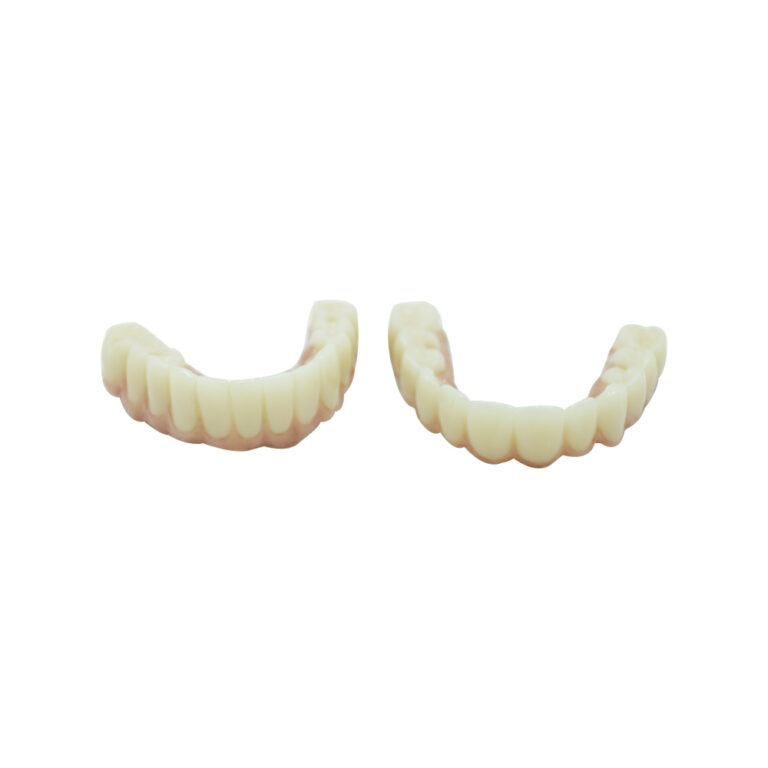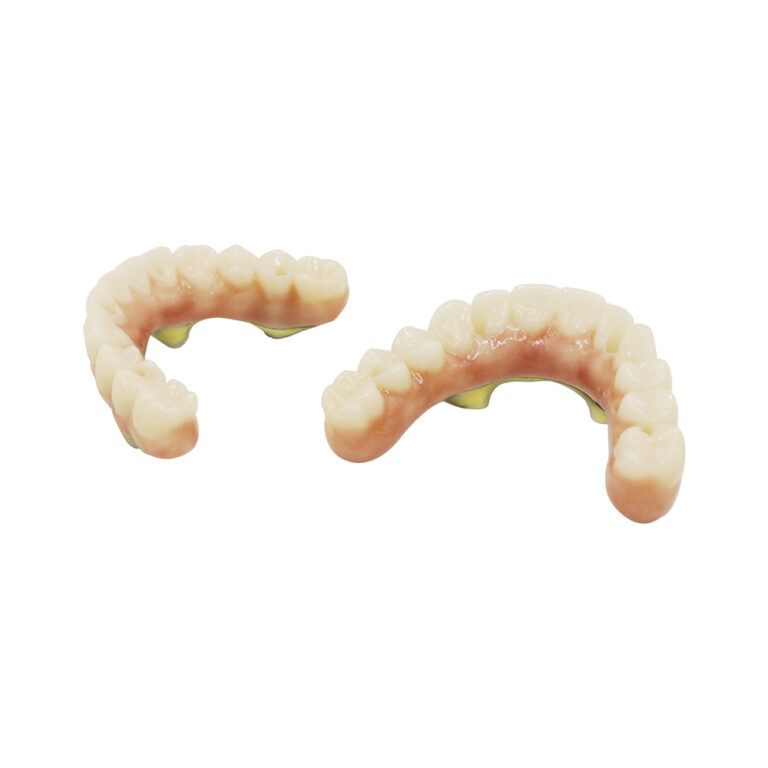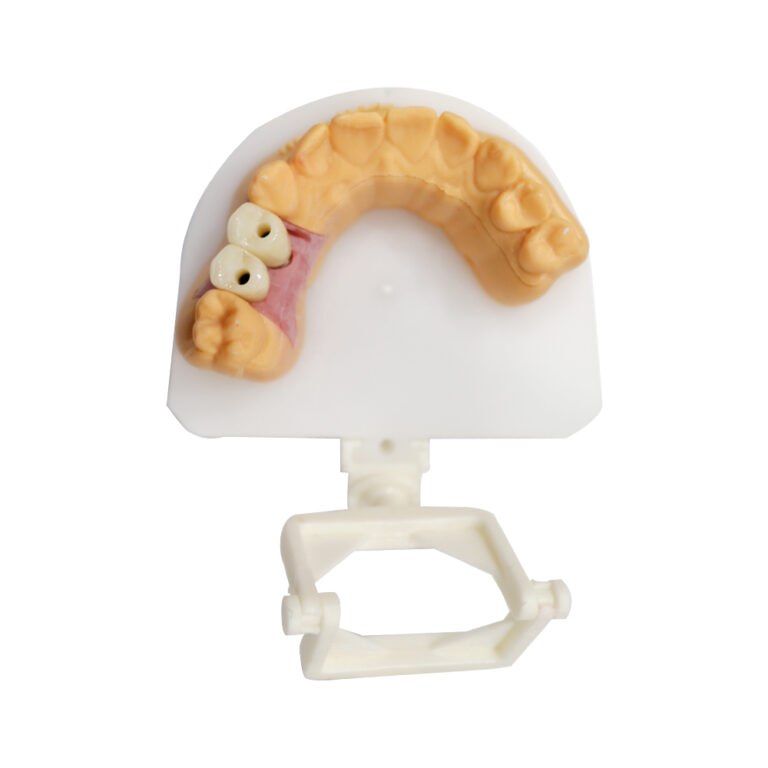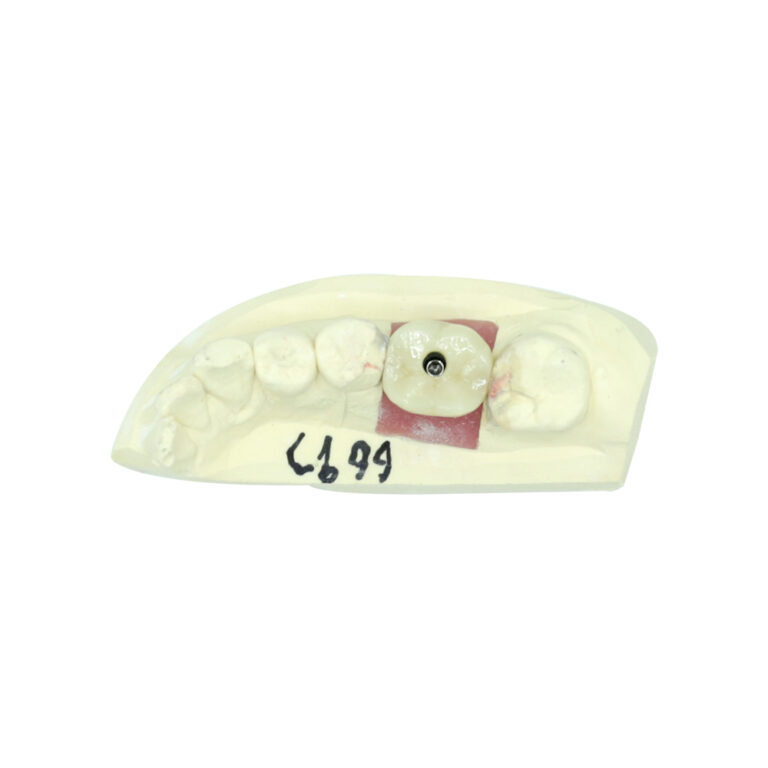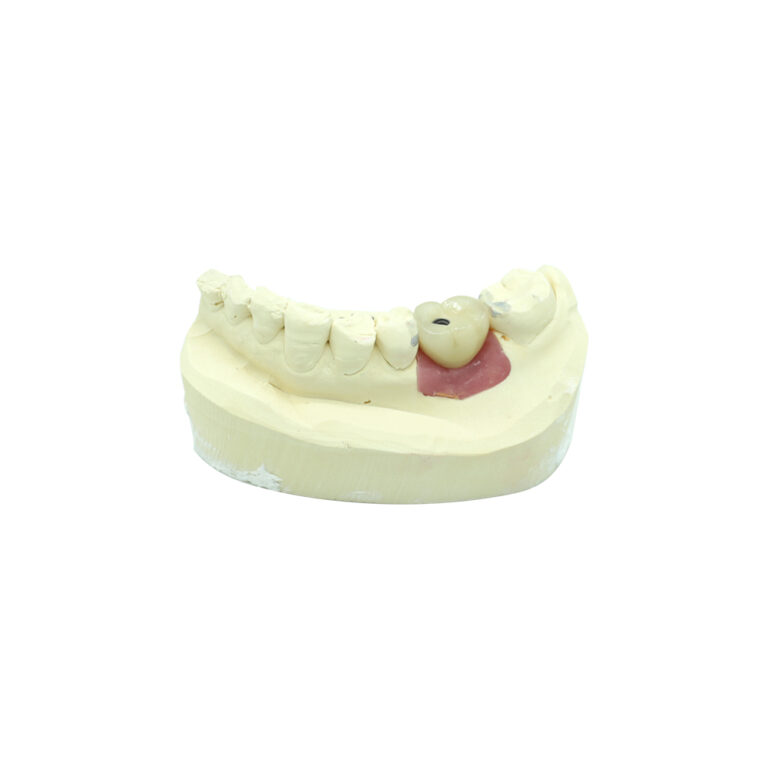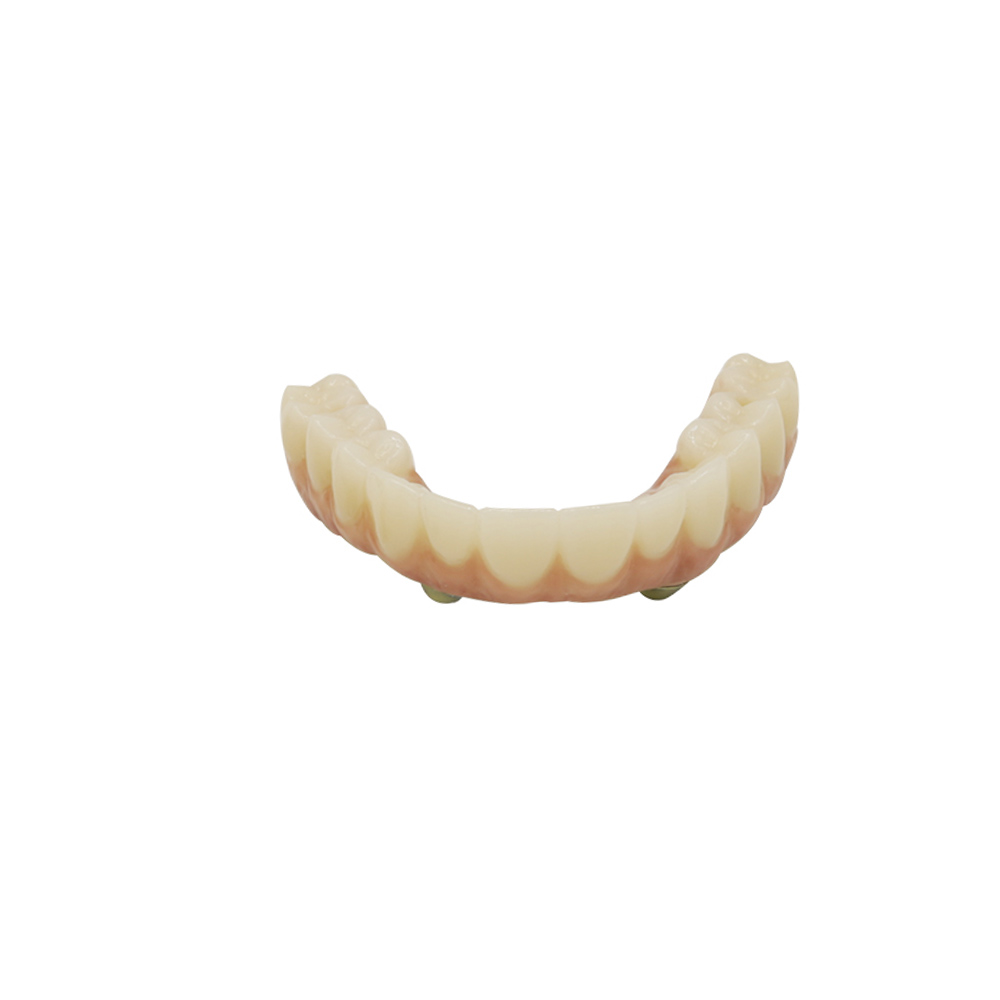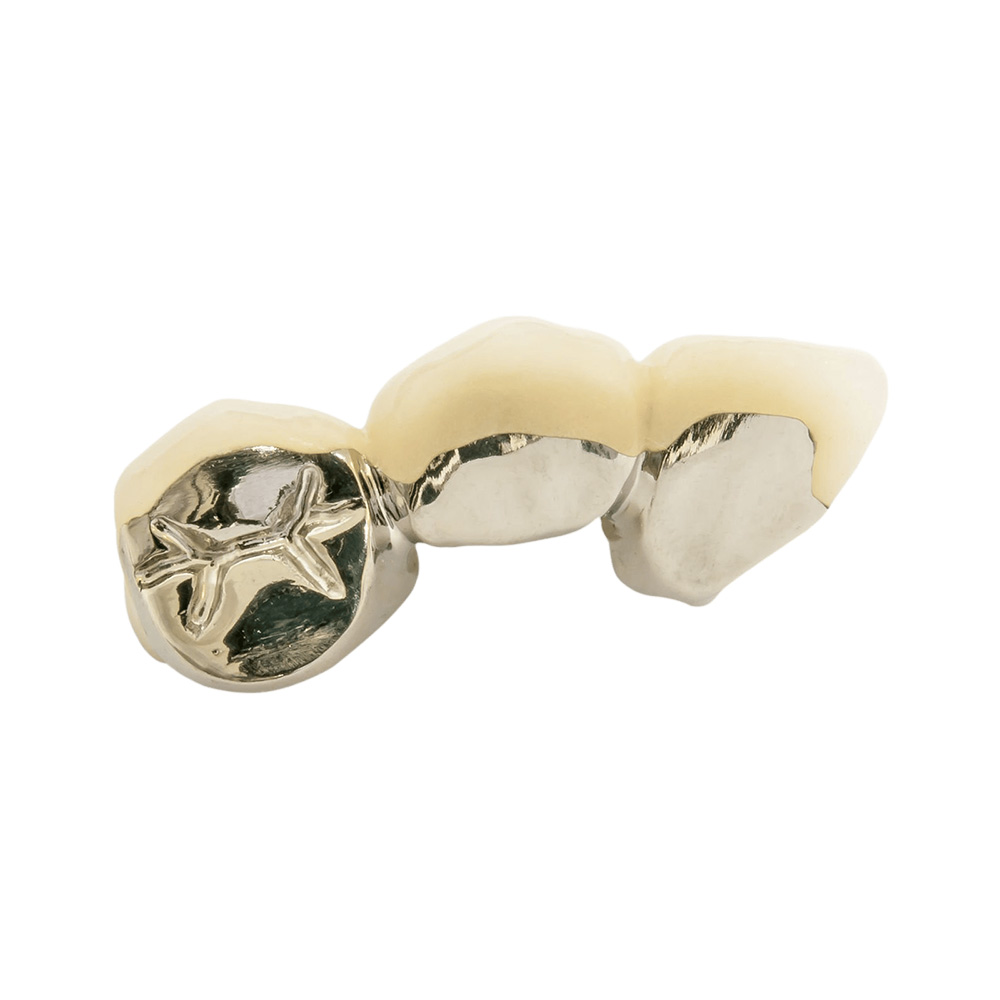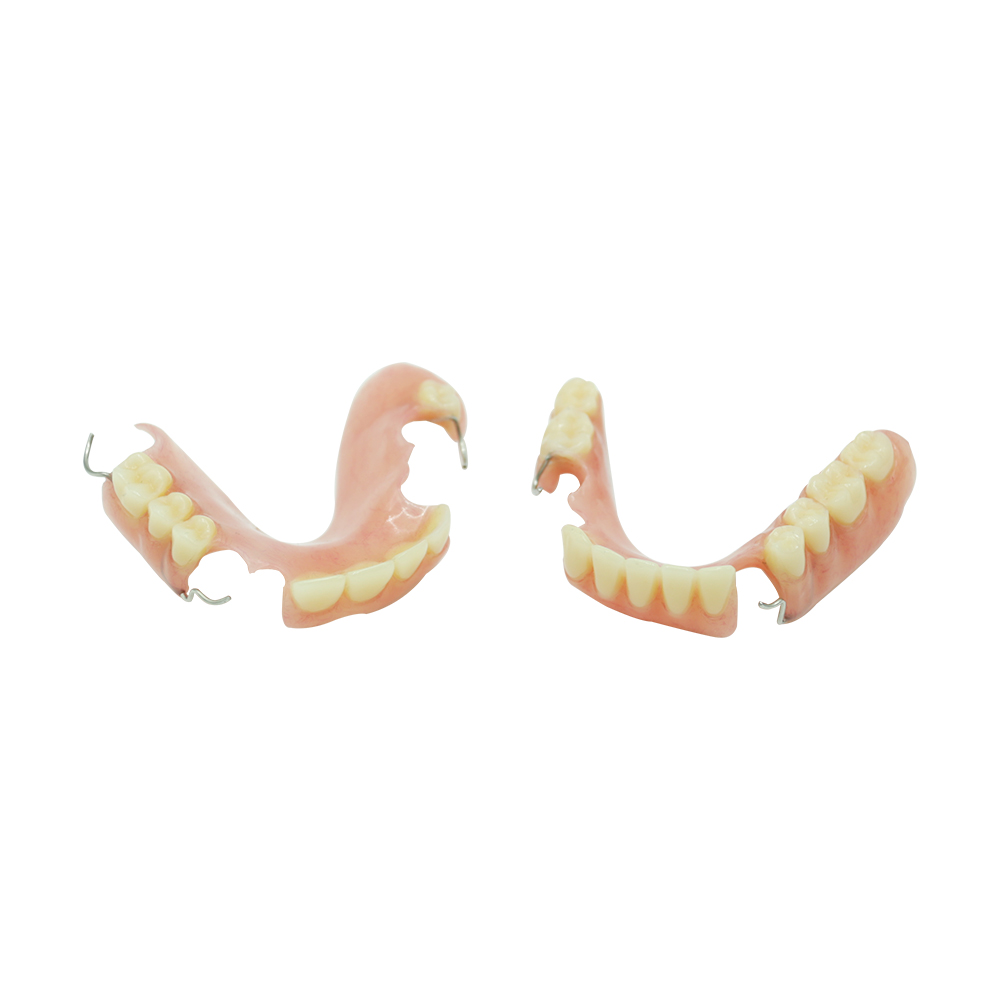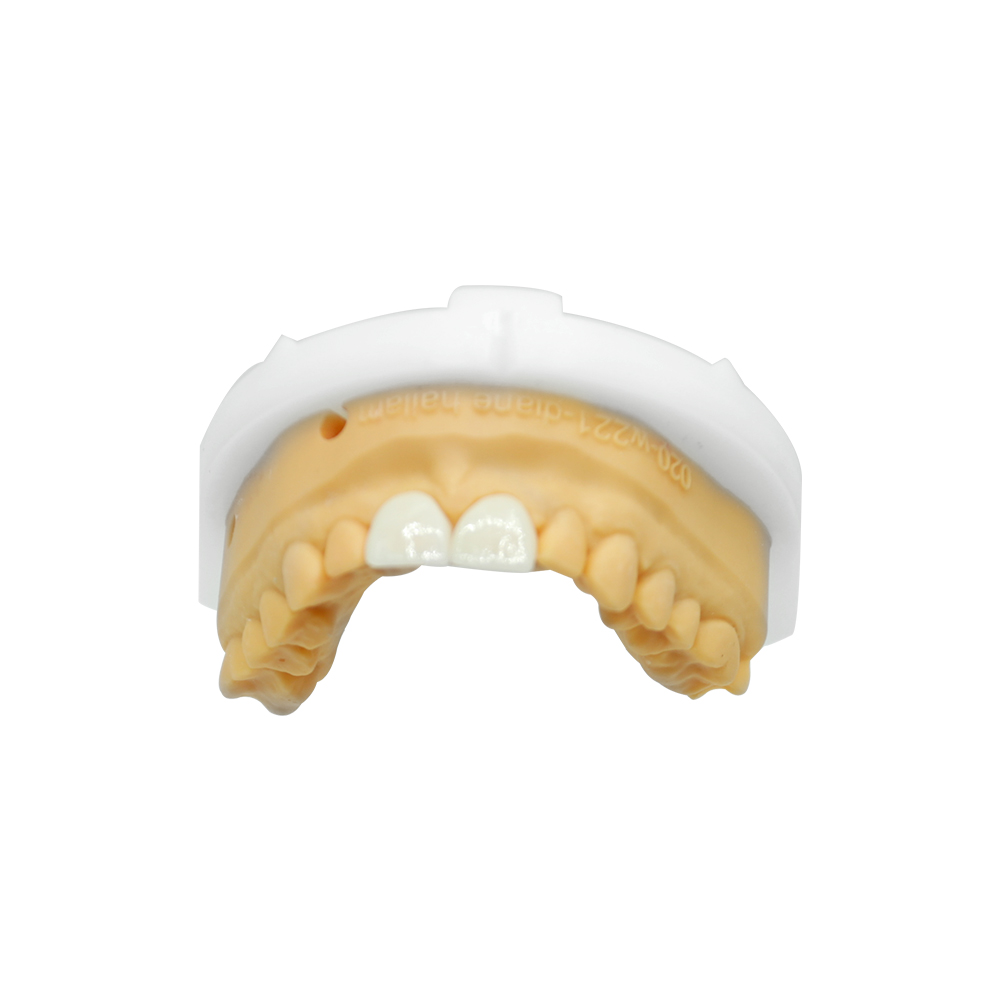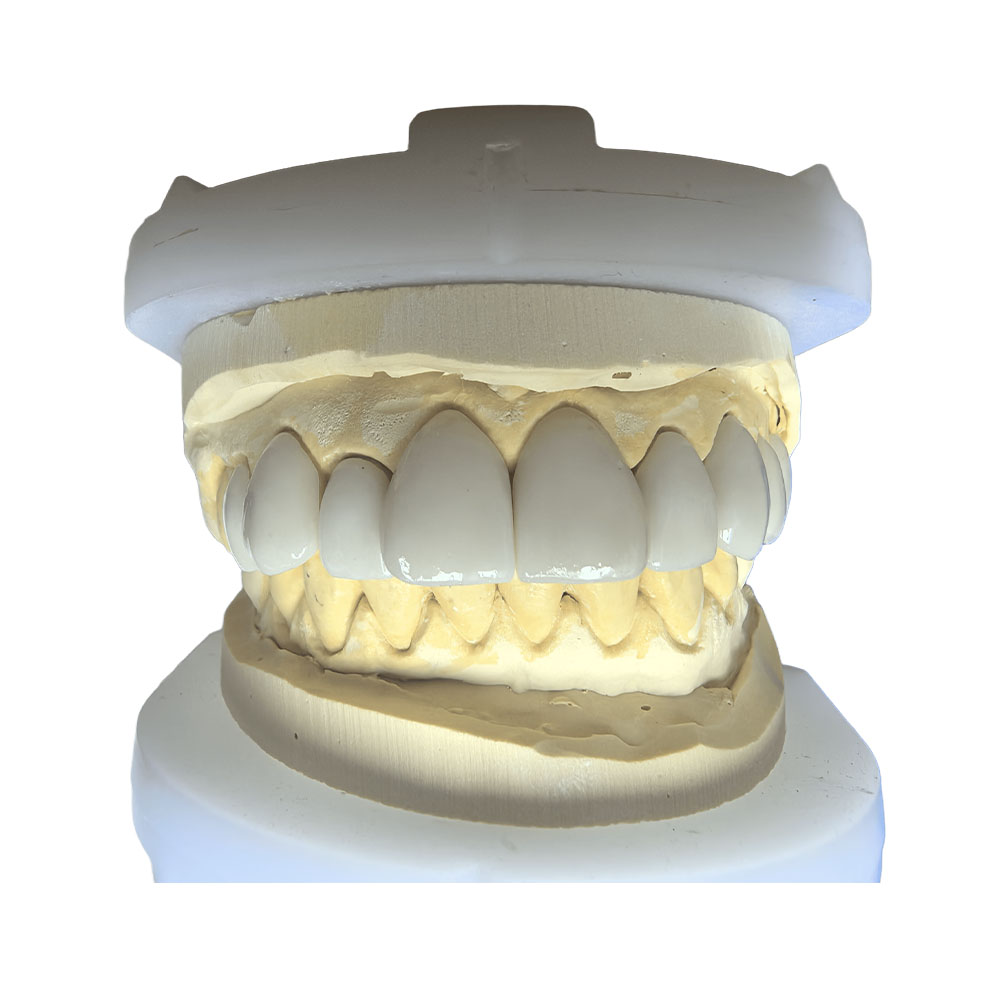
Screw Retained Implant Crown
The Best Choice: Partner with Us for Your Screw-Retained Implant Crown Needs
Welcome to the new age of dental work. For any dentist, dental hospital, or busy dental clinic, giving patients the best care is the most important thing. A key part of modern dentistry is the screw retained implant. Our dental lab is here to be your trusted partner. We make the perfect screw-retained implant crown for your patient.
An Introduction to Screw-Retained Implant Crowns
Screw-retained implant crowns are a key part of modern implant prosthodontics. They offer a strong and removable solution for replacing missing teeth. Unlike crowns that are cemented in, these crowns are attached right to the implant or an abutment with a prosthetic screw. There is a small opening, called an access channel, usually on the chewing or tongue surface of the tooth. This basic design is what makes them so important, giving them clear benefits in being removable, safe for the body, and easy to care for over time.
When to Use Screw-Retained Crowns and What to Consider
Choosing and using screw-retained implant crowns depends on a careful review of different clinical situations and each patient’s needs. Our skill at Istar Dental Lab makes sure the prosthesis we make is the best fit for each unique case.
Specific Clinical Situations:
- Single Tooth Replacements: Screw-retained crowns are an excellent choice for single-tooth implants because they can be removed for future care or repairs without affecting the teeth next to it. The screw hole can usually be made to look good, especially on back teeth.
- Bridges with Multiple Teeth: For implant-supported bridges, having them screw-retained is very helpful. It allows the entire bridge to be easily taken off for cleaning, repairs, or to get to the individual implants. This is especially helpful for long bridges where removing cement would be very hard.
- Full Arch Replacements (Hybrid Prostheses/Fixed Detachable): Screw retention is the gold standard for full-arch implant prostheses. Being able to remove the entire set of teeth for professional cleaning, repairs, or to manage the gums below is very important for the long-term success and health of these advanced restorations.
- Front vs. Back Teeth:
- Back Teeth: Screw-retained crowns are a great option in back areas where the screw hole on the chewing surface doesn’t affect the look as much and gives direct, easy access for tightening and removal.
- Front Teeth: While looks are very important in the front, new developments in angled screw channels and the use of great-looking materials to fill the screw hole (like opaque chameleon composites) have made screw-retained crowns a good and often better choice. Being able to remove the crown to shape the gums or make appearance adjustments is a big benefit.
- Limited Biting Space: In cases with little vertical room, screw-retained crowns can sometimes be made to be shorter than cement-retained crowns, which need space for both the abutment and the crown.
Patient-Specific Factors:
- Oral Hygiene Habits: For patients whose oral hygiene isn’t the best, the ability to remove screw-retained crowns allows for easier professional cleaning and care, lowering the risk of peri-implant complications.
- Grinding or Clenching Habits (Bruxism): While no dental work can withstand extreme force, the direct mechanical connection of screw-retained crowns offers great stability. In these cases, careful occlusal design and material choice (like Zirconia) are very important. The ability to remove it to check for signs of too much pressure is also helpful.
- Gum Tissue Type (Biotype): In areas with thin gums, where extra cement is a higher risk and can lead to serious swelling, screw-retained crowns are a much better choice because there is no cement.
- Appearance Needs: While the screw hole is something to think about, our advanced digital design and material choices (like custom abutments and great-looking composites for the filling) allow us to meet even the toughest appearance standards. Making it unique for each patient with CAD/CAM-milled custom abutments and crowns allows for special placement of the screw hole and gum line shape, greatly lowering the chance of it not looking good.
- Thinking About Future Needs: If future surgery, gum grafts, or changes to the crown are expected, the ability to remove screw-retained crowns makes them the best choice.
At Istar Dental Lab, we work closely with dentists to check all these factors. This makes sure every screw-retained implant crown we make is not only made perfectly but is also the right clinical choice for the patient’s specific needs and long-term health.
Our Materials and How They Perform
The choice of material for screw-retained implant crowns is very important, affecting not only the crown’s look and strength but also how it works over time and how safe it is for the body. At Istar Dental Lab, we offer a wide range of materials, each chosen for its own benefits and matched to the needs of each case.
- Zirconia: Known for its amazing strength, safety for the body, and great looks, Zirconia is a top choice for both full-contour and layered screw-retained crowns. Its high flexural strength makes it very hard to break, especially on back teeth that handle heavy biting. New developments in multi-layered and translucent Zirconia have made them look even better, allowing for natural light to pass through and better color matching.
- Porcelain-Fused-to-Metal (PFM): While there are newer materials, PFM is still a solid choice, especially for cases that need a strong metal substructure with the nice look of porcelain. The metal base provides great strength and a precise fit, while the porcelain on top looks good. PFM crowns are often used for long bridges or situations that require a metal frame.
- Titanium: Mainly used for abutments and frameworks, Titanium offers excellent safety for the body, strength, and is strong but light. For full-arch restorations, milled titanium frameworks provide a strong and light base for the materials placed over them.
- PEEK (Polyetheretherketone): This high-performance polymer is becoming more popular for its excellent shock-absorbing properties, safety for the body, and the fact that it doesn’t show up on x-rays. PEEK can be used for temporary crowns, healing abutments, and even permanent frameworks, especially in cases where a lighter, more flexible material is needed, or for patients with metal sensitivities. Its ability to soak up chewing forces can be helpful for lowering stress on implants.
Our material selection process is always a team effort, making sure the chosen materials perfectly match the clinical needs, patient wishes, and long-term outcome.
The Simple and Clear Cooperation Process
We make the process easy for you. This saves you valuable time in the clinic. Here is how it works.
- Making the Impression: After the healing abutment is removed, you take a dental impression. You can use an implant level impression or abutment level impression technique. We work with both open tray impression and closed tray impression methods. You will use an impression coping or impression post for this step.
- Lab Workflows: Old-School vs. Digital (CAD/CAM): The way we make crowns has completely changed, moving from old-school methods that took a lot of work to very exact and fast digital methods. At Istar Dental Lab, we smoothly use both, using the best parts of each method to deliver better prosthetics.
- Conventional Workflows: Traditional ways involve wax-up, casting, and layering. While this still works for some cases, it relies a lot on the technician’s skill and can have small errors in size. It usually involves:
- Pouring of stone models.
- Wax-up of the crown.
- Investment and casting of metal frameworks (for PFM).
- Porcelain layering and firing.
- Finishing and polishing.
- Digital (CAD/CAM) Workflows: The arrival of CAD/CAM technology has changed what we can do, offering amazing accuracy, speed, and consistency. Our digital process for screw-retained implant crowns is complete and very polished:
- Design (CAD): Using advanced design software, our skilled technicians digitally design the crown, abutment, and screw access channel. This allows for exact control over emergence profiles, shapes, and the bite. The best digital implant software lets us plan screw channel emergence profiles and angles very accurately, often meaning we don’t need angled screw channel abutments, which makes it look better and easier to remove. A key part of this step is making it unique for each patient.
- Fabrication (CAM): The digital design is then sent to high-precision milling machines or 3D printers.
- Milling: For materials like Zirconia, PEEK, and Titanium, the crown is milled from a solid block, making sure the edges fit perfectly and it’s very strong.
- 3D Printing: For some uses, like making resin patterns for casting or temporary crowns, 3D printing allows for fast models and complex shapes.
- Post-Processing: Depending on the material, this may involve sintering (for Zirconia), staining, glazing, and polishing to get the final look and function. The digital workflow not only improves accuracy and speed but also makes communication easy with our clinical partners. Digital files can be easily shared, checked, and changed, making sure the final crown perfectly matches what the dentist and patient want.
- Conventional Workflows: Traditional ways involve wax-up, casting, and layering. While this still works for some cases, it relies a lot on the technician’s skill and can have small errors in size. It usually involves:
- Seat the Crown: You receive the finished screw-retained implant crown. You will seat it and check the contacts between the teeth. You will then use an Implant Driver and torque wrench to tighten the screw to the right torque. An x-ray is needed to check the fit.
- Finish the Look: The screw access channel, or the opening on top, is then sealed. We suggest using Teflon tape or a cotton pellet to protect the screw head. Then, you place a composite filling in the access hole using Composite Resin.
Partner With Us for a Better Restoration
Our goal is to help you succeed. We provide a warranty on our dental work. We help you with every step, from getting patient permission to updating the dental chart. We want to be your go-to lab for every single-tooth replacement, screw-retained bridge, or full arch restoration. We support you with service guarantees that are second to none:
- Fast 48-72 Hour Turnaround: We ensure your cases are completed and returned swiftly, helping you manage patient schedules and improve clinic workflow.
- 24-Hour Expert Rapid Response: Have a question or need support? Our team of dedicated experts is available to provide a knowledgeable and rapid response to your inquiries.
- Low Price Without Compromising Quality: We deliver superior restorations at competitive prices, offering exceptional value without ever sacrificing the premium quality your patients deserve.
Choosing our lab means choosing a partner dedicated to quality. We help you avoid problems like implant failure by focusing on the details that ensure osseointegration. Every screw-retained prosthesis we deliver is a step toward a happier, healthier patient. Contact us today to start your first case.

